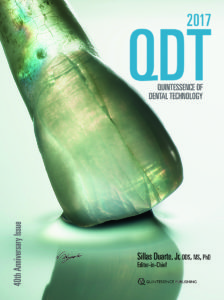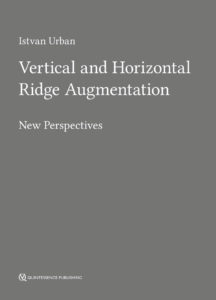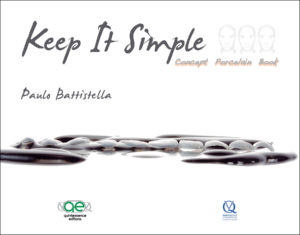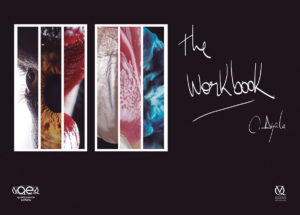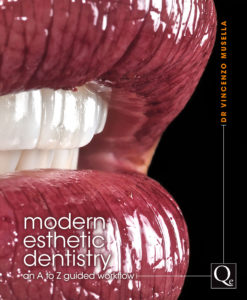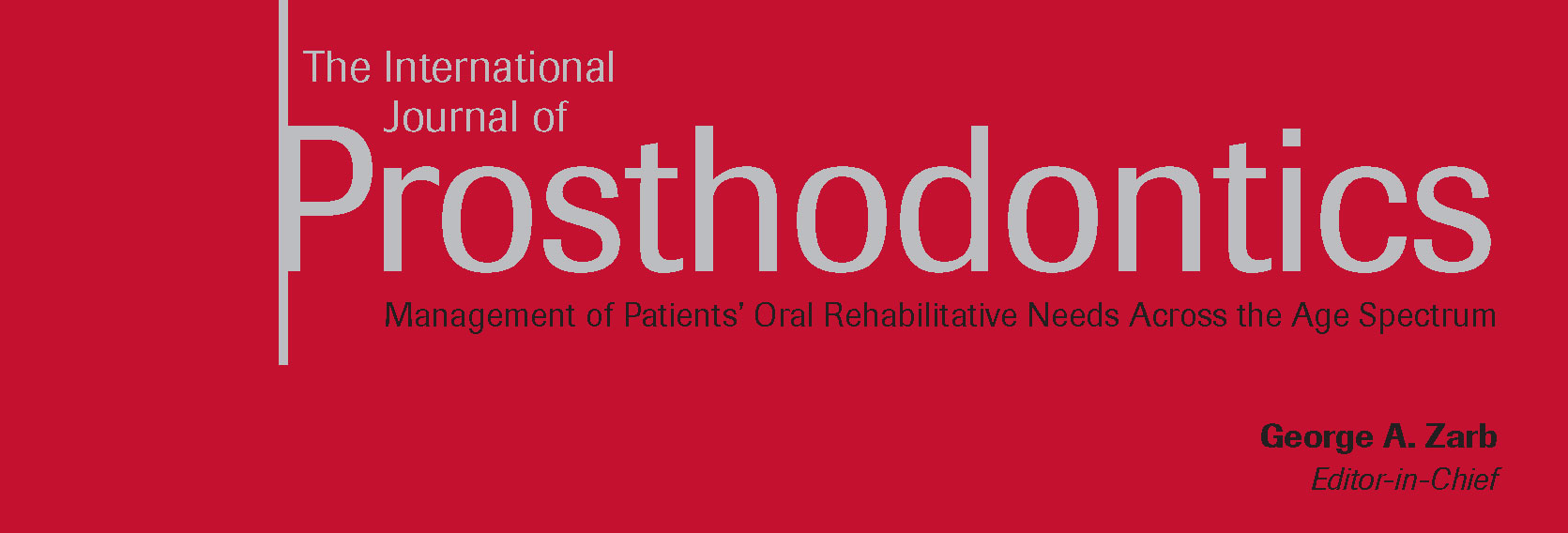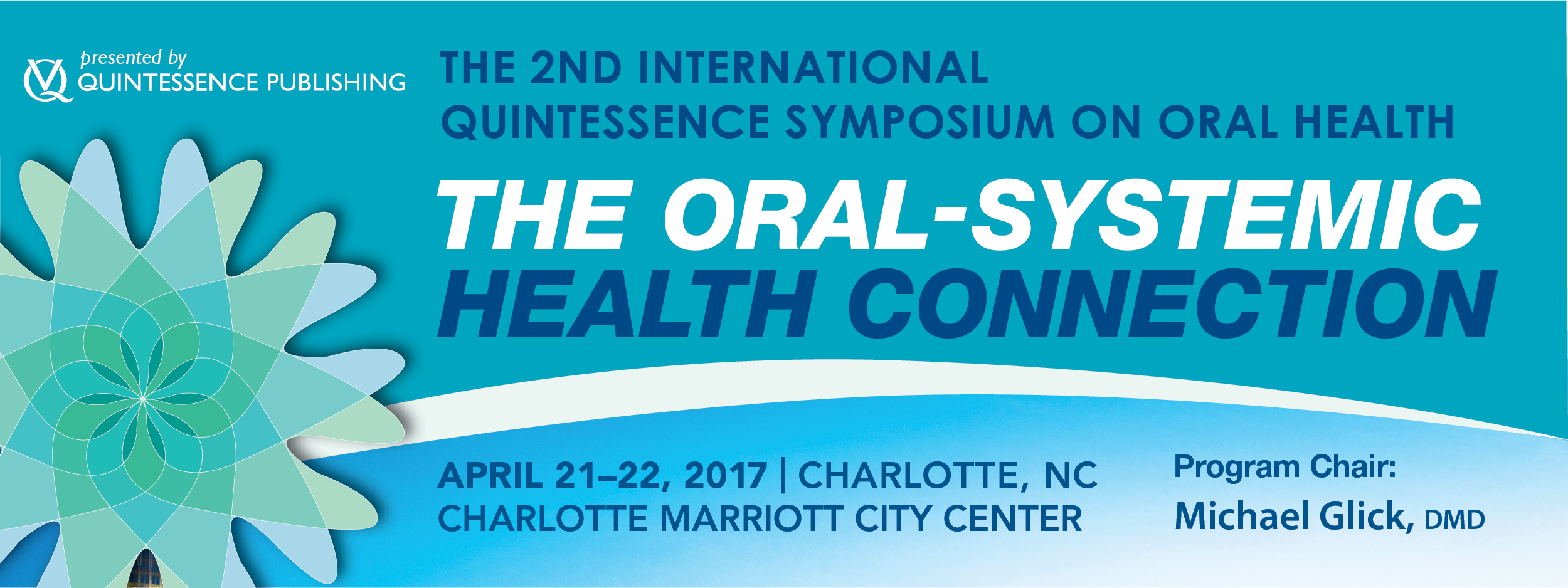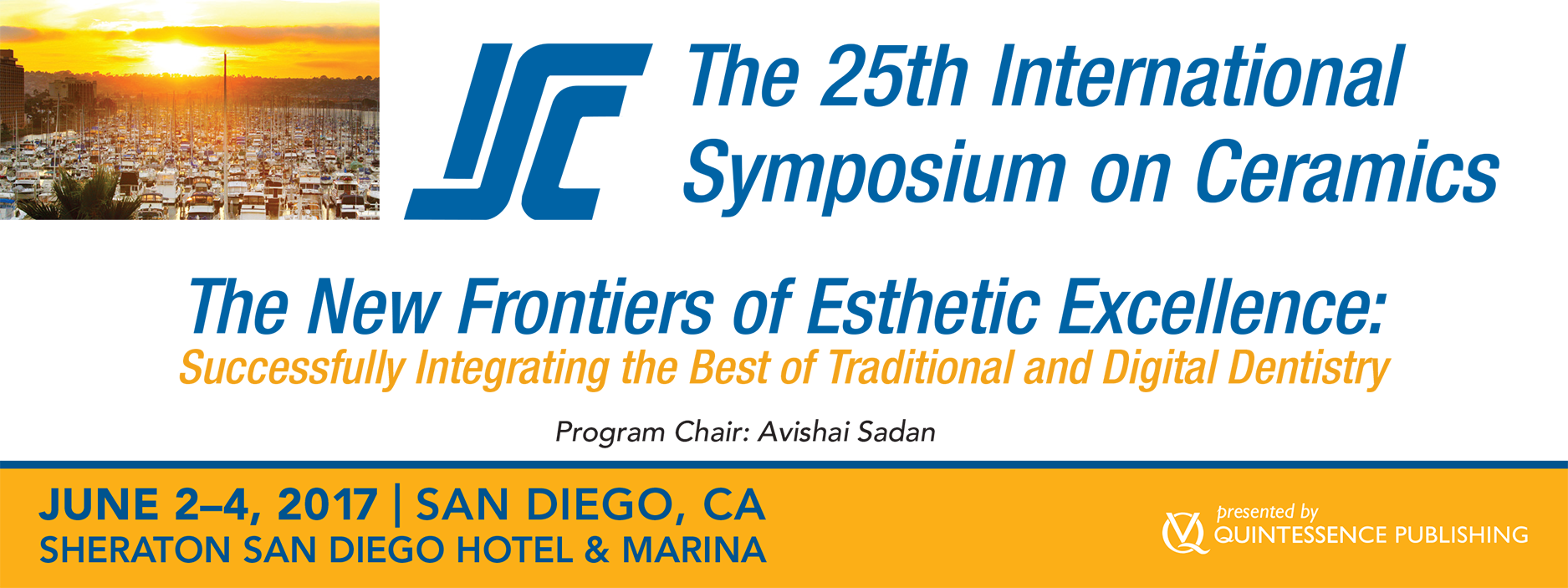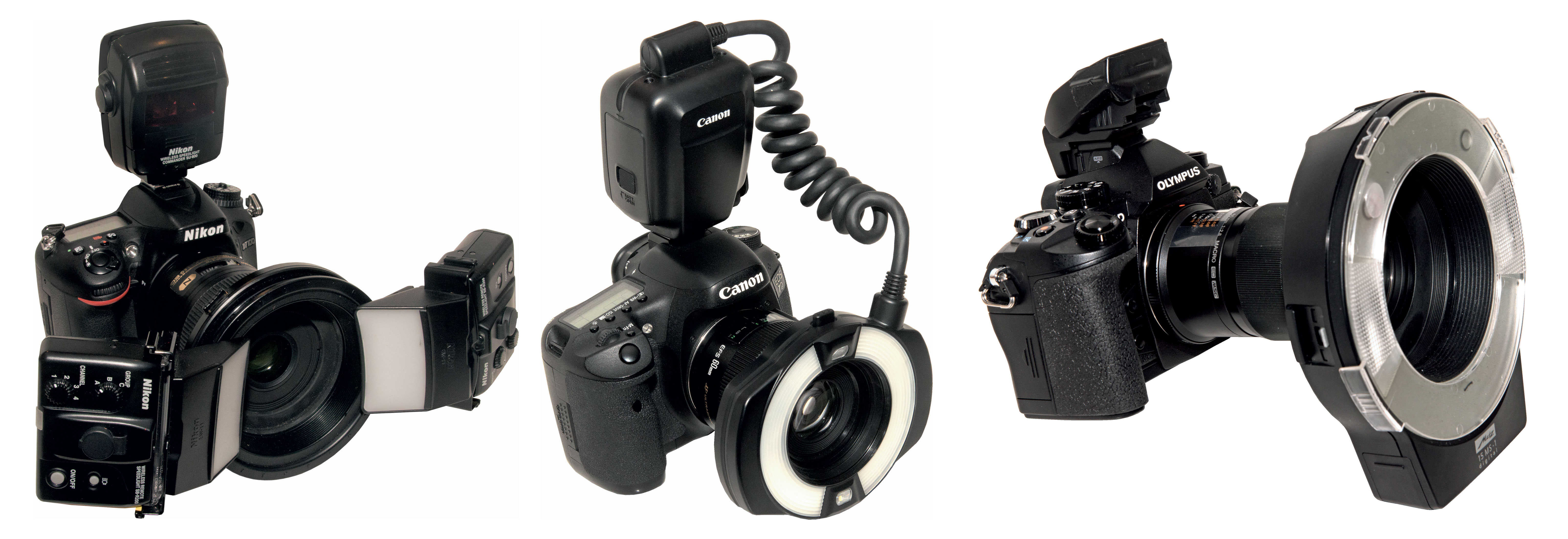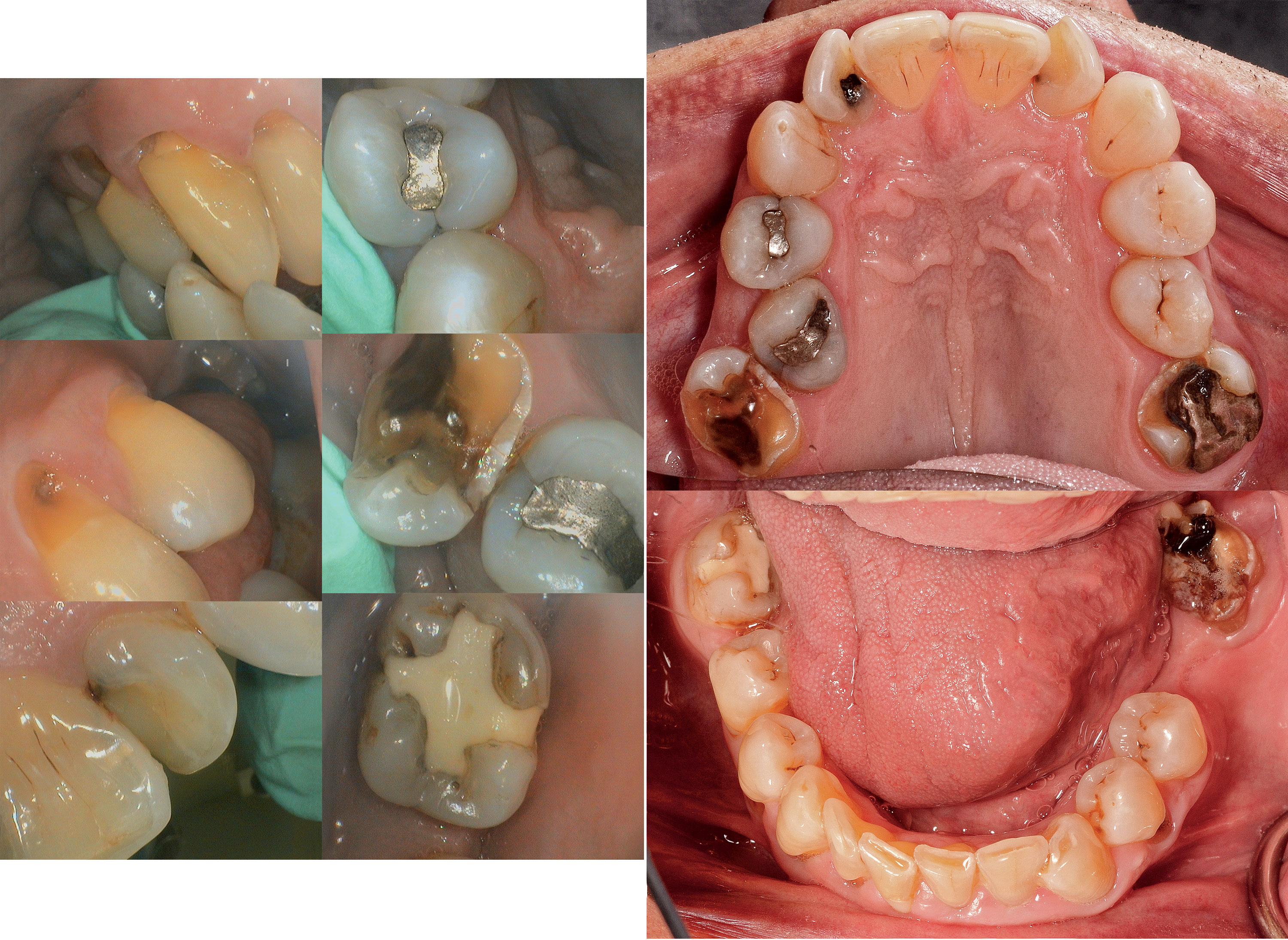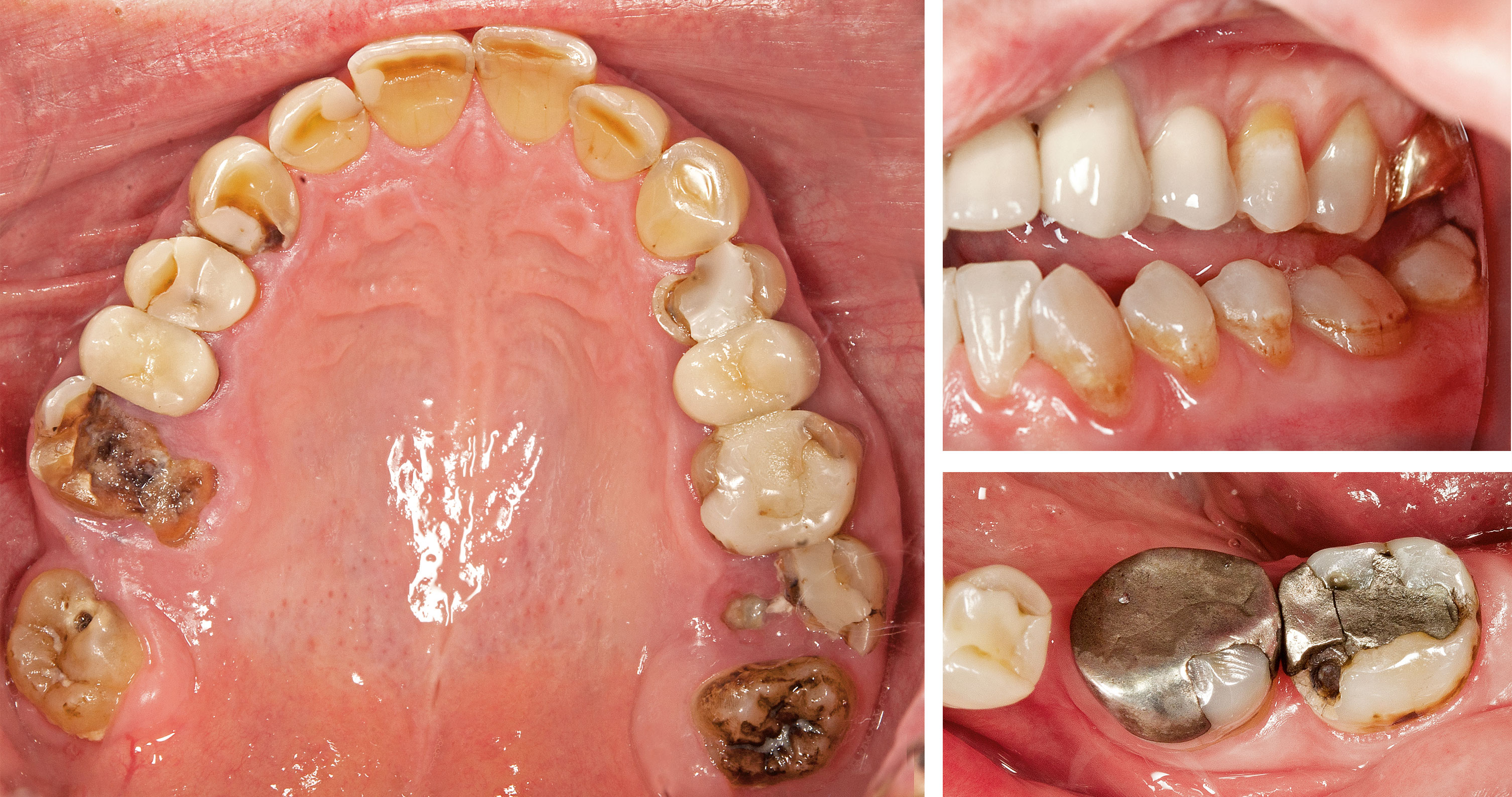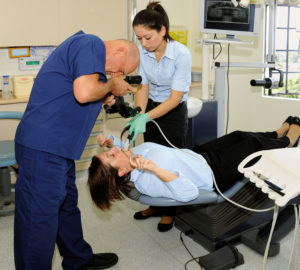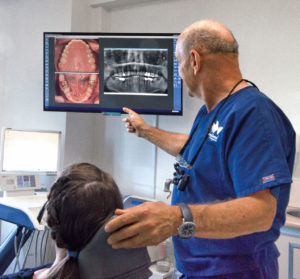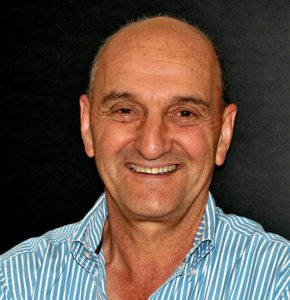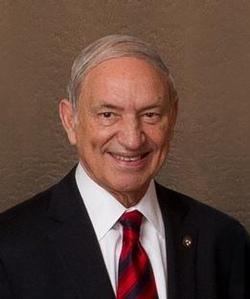Reading time: 7 minutes
Fusobacterium nucleatum, a bacterium commonly found in periodontal disease that has also been implicated in morbidities of other regions of the body, including colorectal cancer and adverse pregnancy complications such as preterm birth and fetal death. (Public Health Image Library image 2967, courtesy of the Centers for Disease Control and Prevention.)
When Wenche Borgnakke, DDS, MPH, PhD, was first asked to write a chapter in The Oral-Systemic Health Connection: A Guide to Patient Care (edited by Michael Glick, Quintessence, 2014) on the oral microbiome, she knew as much about it as most dental professionals do—next to nothing. “I told Michael, ‘I don’t know anything about the microbiome,'” she recalled. “And I didn’t! I only knew a little bit, like any other dentist or periodontist. I basically hunkered down the entire summer and read and read and read.”
The oral microbiome refers to the microoganisms in the oral cavity—bacteria, archaea, fungi, viruses, and protozoa. Recently developed technologies and computer capabilities now allow scientists to use DNA analysis to definitively “match” strains and subspecies of microbes from the oral cavity to those found elsewhere in the body. Using these data, scientists have been able to prove that microbes from the oral cavity can and do travel to other areas of the body. Now the big question for science is: What do they do when they get there?
A Delicate Balance
“The composition of the oral microbiome changes over time, and the microbiome for each person is different,” Dr Borgnakke explained. “Even the composition of biota in different locations of the same mouth is different, including around the same tooth. We usually talk about ‘periodontal pathogens.’ But, as a matter of fact, there are no studies that specifically identify any one or more bacteria that cause periodontal breakdown. So we have to get away from that notion that there are specific bacteria that cause gum disease and breakdown.”

Necrotizing ulcerative gingivitis, an opportunistic infection caused by an overgrowth of certain anaerobic microbes that flourish within deep periodontal pockets. (Used with permission from Oral and Maxillofacial Pathology: A Rationale for Diagnosis and Treatment, ed 2, by Robert E. Marx and Diane Stern.)
But where does moving away from this traditional view of bacteria in the oral cavity take us? Dr Borgnakke continued: “I spoke once with a Danish microbiology professor who came up with what was a completely brand-new idea for me: that the bugs in the mouth are actually there all the time. What he told me is that occasionally this homeostasis or balance is disrupted, either by antibiotics or by the host getting weak from stress or sick with something else, and then some bacteria will flourish in the more favorable living conditions while the numbers of other bacteria will decrease. So I maintain that periodontal disease is not really due to an infection—we usually consider infections to come from outside—but rather an overgrowth of bacteria that were already present but have taken over due to the homeostatic imbalance.”
The Traveling Oral Microbiome
During the research phase of her writing, Dr Borgnakke encountered a problem that many clinicians face when beginning to learn about the oral microbiome—it’s boring. She didn’t even want to read her own writing, so how could she make the information interesting enough to be accessible to others? Her solution: the metaphor of the traveling microbiome.

Helicobacter pylori can travel back and forth between the mouth and stomach and causes ulcers. (Courtesy of Dr David J. Kelly, University of Sheffield.)
“We used to think that stomach ulcers were caused by stress, then we realized they are caused by bacteria, such as Helicobacter pylori, that irritate the lining of the stomach. These bacteria are very difficult to kill and it can take a long time using many different antibiotics simultaneously. Over the course of treatment what can potentially happen is that via gastric reflux some of these bacteria can be regurgitated up in the mouth, which then serves as a reservoir. The bacteria can then live in the mouth and even re-infect the stomach.”
Traveling oral microbes have been identified all over the body, including the liver, the pancreas, the respiratory system, the gastrointestinal system, the synovial fluid of joints, and on the surfaces of intracardiac devices and other prostheses within the body. The microbes can travel to the respiratory system via aspiration, to the gastrointestinal system via swallowing and digestion, and to many other vital organs and areas of the body via the bloodstream.

Porphyromonas gingivalis is an anaerobic bacterium found in deep periodontal pockets that can enter the bloodstream and accumulate in atherosclerotic plaque. (Courtesy of Tsute Chen, PhD.)
“There are certain keystone bacteria that are usually present when there is periodontal breakdown,” Dr Borgnakke said, “and they are the ones that have developed really nasty mechanisms so they will not be discovered when they travel around the body. These bacteria can also have serious consequences when they travel outside the oral microbiome. For example, Porphyromonas gingivalis is often found in atherosclerotic plaque and can not only survive in the bloodstream but also multiply. We are getting closer and closer to proving that P gingivalis can destabilize these clots so that they loosen and have the potential to cause myocardial infarctions if they end up in the heart or ischemic strokes if they end up in the brain. There is another bacterium, Fusobacterium nucleatum, that is often seen in colorectal cancer lesions and also implicated in adverse pregnancy outcomes in the form of fetal death.”
What Next? Changing Our Habits Based on New Knowledge

The traveling oral microbiome. Microbes such as P gingivalis can enter the bloodstream and travel from the oral cavity throughout the circulatory system. (Adapted from At the Forefront: Illustrated Topics in Dental Research and Clinical Practice, edited by Hiromasa Yoshie.)
If the bacteria that can cause periodontal breakdown are always present but are only pathogenic when overgrowth occurs, how do patients and dental practitioners support this natural homeostasis? The answer may be to stop interfering.
“Stop using antibiotics!” Dr Borgnakke advised. “The guidelines say do not use antibiotics because they have been used frivolously and abused. Stop using antibiotics prophylactically, such as before cleaning or an extraction, because there is no evidence that it works. The guidelines have changed, but a lot of dentists will not change their habits. You should not give oral antibiotics to try to fight the bugs in the oral microbiome because they can’t penetrate the biofilm, which is where most of the bacteria we are concerned about reside. You kill good bugs along with the bad and skew the homeostatic balance. The antibiotics will kill some bacteria, causing others to flourish. And that imbalance is what people can die from.”
Another common practice that may need to be reevaluated is the use of mouthwash. Colloquially, mouthwash and other antimicrobial products (think hand sanitizer) are advertised to kill germs. But the oral microbiome contains both good and bad germs, and these products don’t differentiate. Similar to the use of antibiotics, the use of mouthwash can actually cause an overgrowth of disease-causing bacteria by upsetting the homeostatic balance of the microbiome.
What should we do then? Brush and floss. Tooth-brushing is beneficial to the gingiva not because of the ingredients in toothpaste but instead because of the manual biofilm removal that it facilitates. “The brushing is what is preventive for periodontal disease,” Dr Borgnakke explained. “You have to mechanically remove the biofilm.”
Resources for Further Education
With all the routes oral microbes have for traveling to other regions of the body and wreaking havoc, the stakes for dental professionals are high. Data regarding the oral microbiome and its effects on systemic health are fairly recent, and new research is being released at an alarming rate. It can be prohibitively time-consuming for clinicians to monitor every new development and determine how the new information should affect their practice. So how can clinicians and their teams keep up?
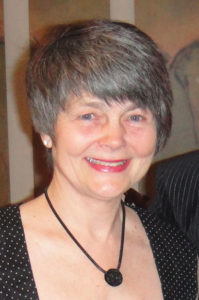 One option is to learn from Dr Borgnakke herself at The 2nd International Quintessence Symposium on Oral Health: The Oral-Systemic Health Connection, which will take place April 21–22, 2017 in Charlotte, North Carolina. This symposium brings together the most prominent clinicians and researchers on the subject of the oral-systemic health connection, including Dr Borgnakke. Dental professionals who attend can immerse themselves in 2 days of the most comprehensive and up-to-date knowledge on the associations between oral and systemic health.
One option is to learn from Dr Borgnakke herself at The 2nd International Quintessence Symposium on Oral Health: The Oral-Systemic Health Connection, which will take place April 21–22, 2017 in Charlotte, North Carolina. This symposium brings together the most prominent clinicians and researchers on the subject of the oral-systemic health connection, including Dr Borgnakke. Dental professionals who attend can immerse themselves in 2 days of the most comprehensive and up-to-date knowledge on the associations between oral and systemic health.
“The oral microbiome is something all general dentists, dental hygienists, and periodontists should understand,” Dr Borgnakke stated. “I think it is a mystery that supposedly only a third of general dentists even have a periodontal probe in the examination kit. In other words they don’t routinely probe the space between the teeth and the gums. But we cannot neglect the basics. You absolutely must take care of the basics.”
The 2nd International Quintessence Symposium on Oral Health is the perfect opportunity for clinicans and their teams to improve their understanding of what goes on in the mouth at the microbial level so they can apply that knowledge to how they take care of both the basics and beyond.
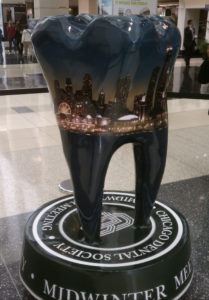 Every year at the end of February, the city of Chicago fills with thousands of the world’s top dental professionals who come to the city to attend one of many simultaneous meetings. For the Quintessence Publishing Chicago office, this week represents an annual opportunity to interact with the brightest minds of dentistry, meet with some of our authors, and represent the Quintessence brand at large.
Every year at the end of February, the city of Chicago fills with thousands of the world’s top dental professionals who come to the city to attend one of many simultaneous meetings. For the Quintessence Publishing Chicago office, this week represents an annual opportunity to interact with the brightest minds of dentistry, meet with some of our authors, and represent the Quintessence brand at large. Quintessence also attends Lab Day Chicago, hosted by LMT Communications February 24 and 25. LMT Lab Day brings over 250 exhibitors and 4,000 laboratory owners, managers, and technicians to the city. Just across the Chicago River, we also set up shop at the American Academy of Fixed Prosthodontics’s Annual Scientific Session February 24 and 25. This educational program brings together speakers from myriad scientific and clinical backgrounds to present concepts and clinical techniques based on scientific evidence and their own expert experience.
Quintessence also attends Lab Day Chicago, hosted by LMT Communications February 24 and 25. LMT Lab Day brings over 250 exhibitors and 4,000 laboratory owners, managers, and technicians to the city. Just across the Chicago River, we also set up shop at the American Academy of Fixed Prosthodontics’s Annual Scientific Session February 24 and 25. This educational program brings together speakers from myriad scientific and clinical backgrounds to present concepts and clinical techniques based on scientific evidence and their own expert experience.





 One option is to learn from Dr Borgnakke herself at
One option is to learn from Dr Borgnakke herself at 